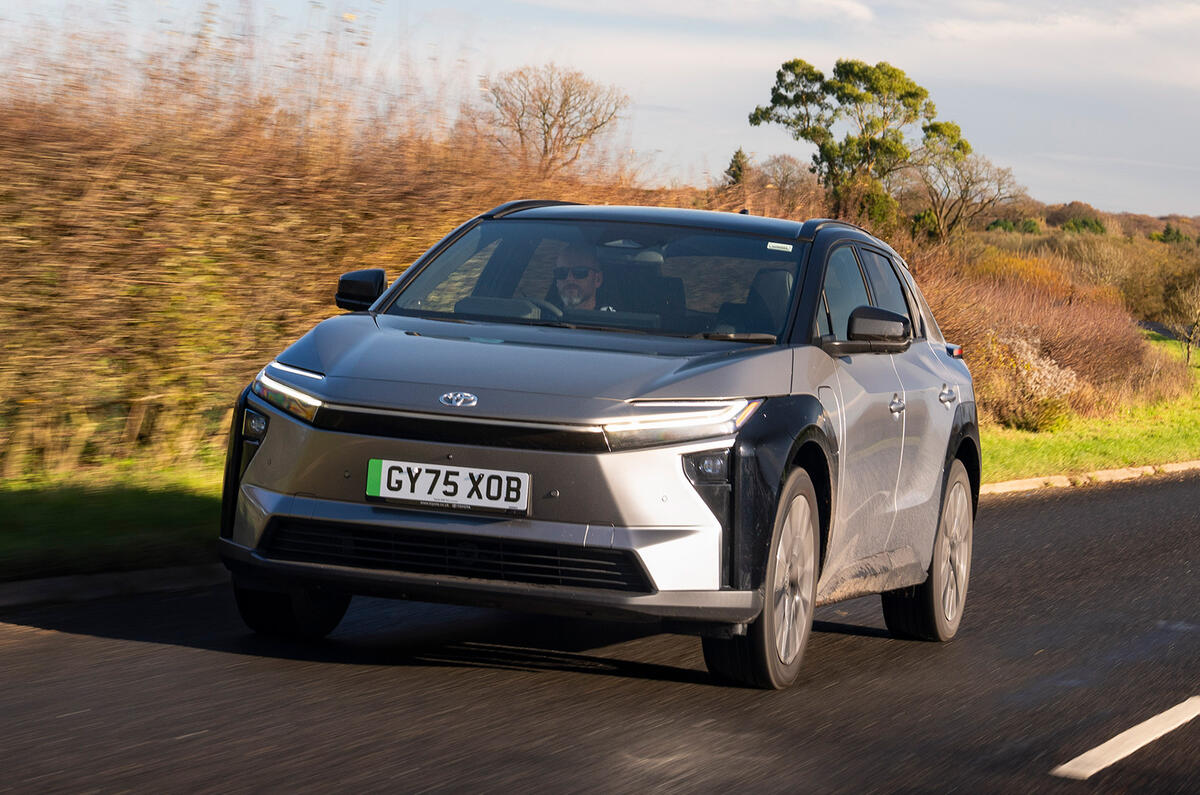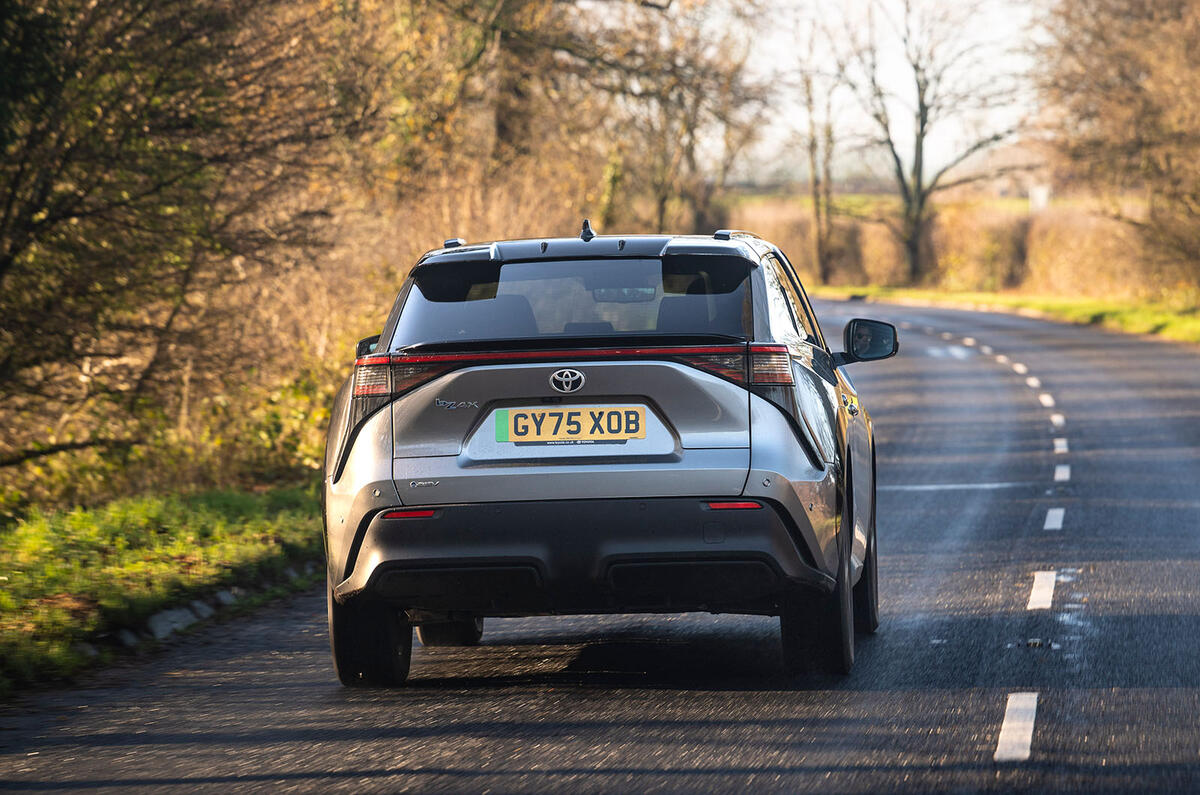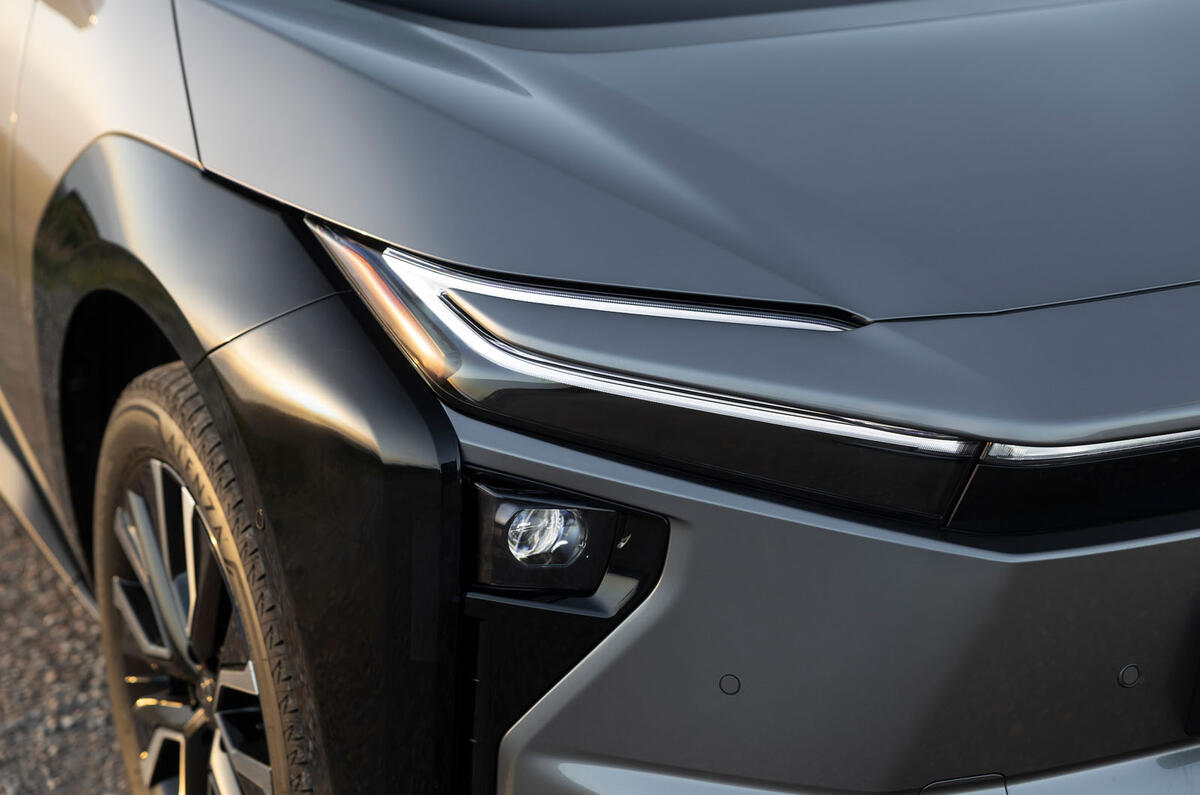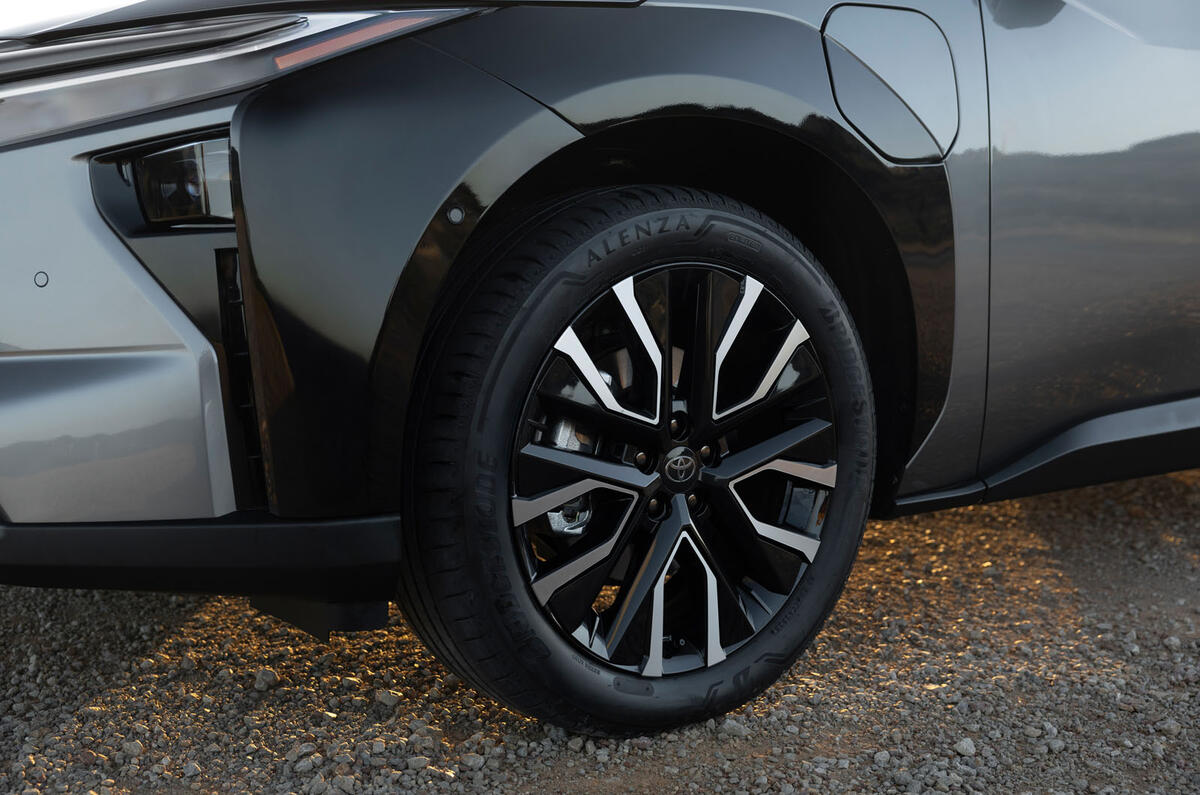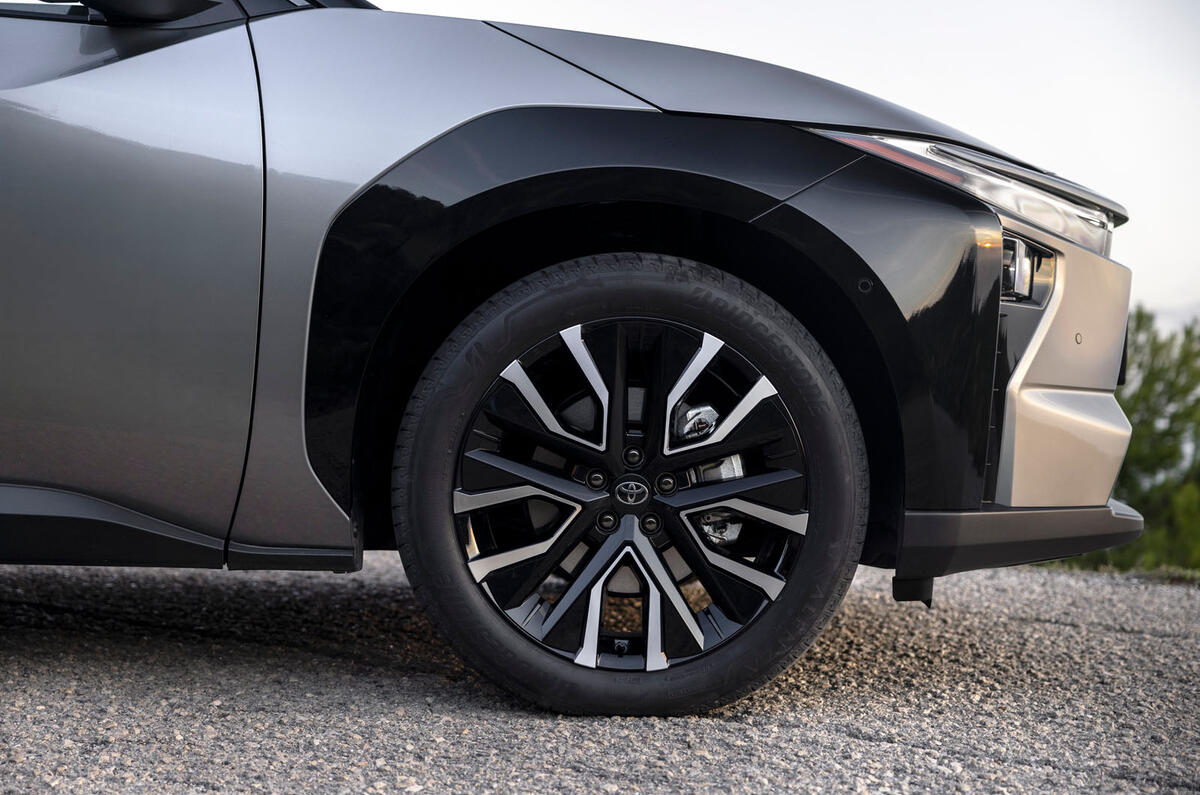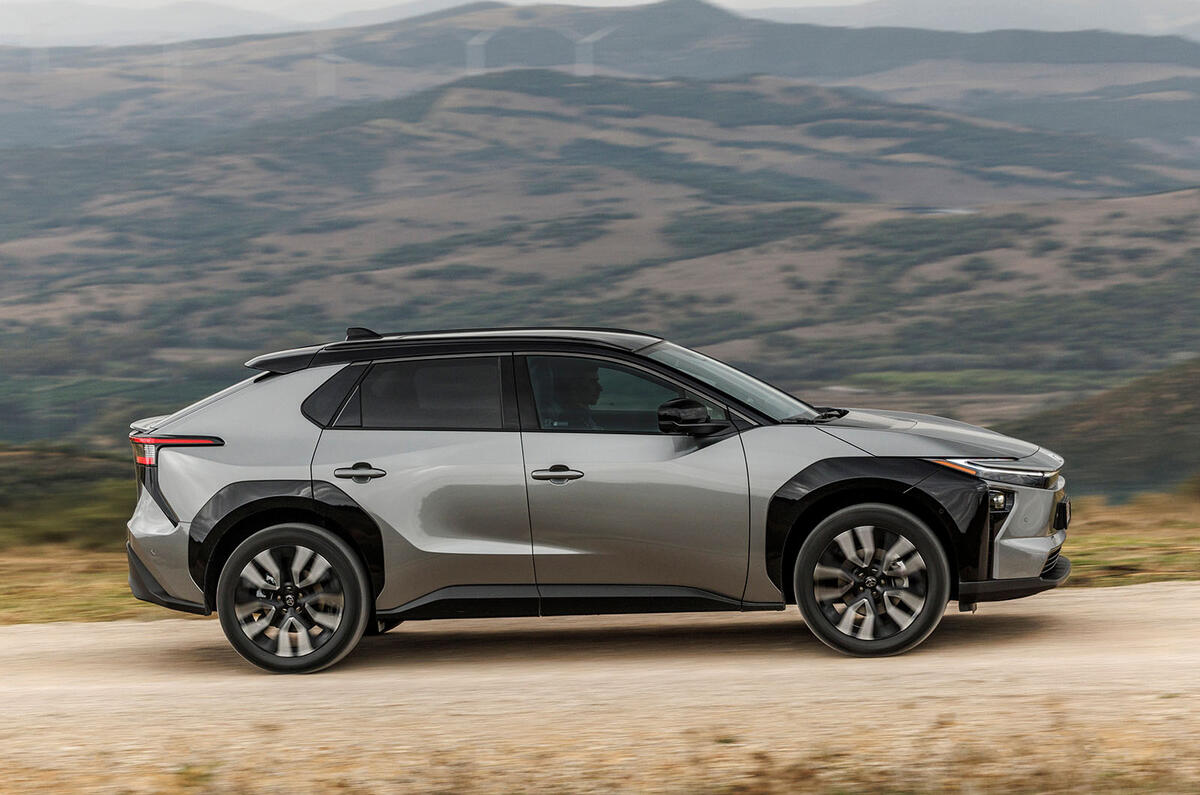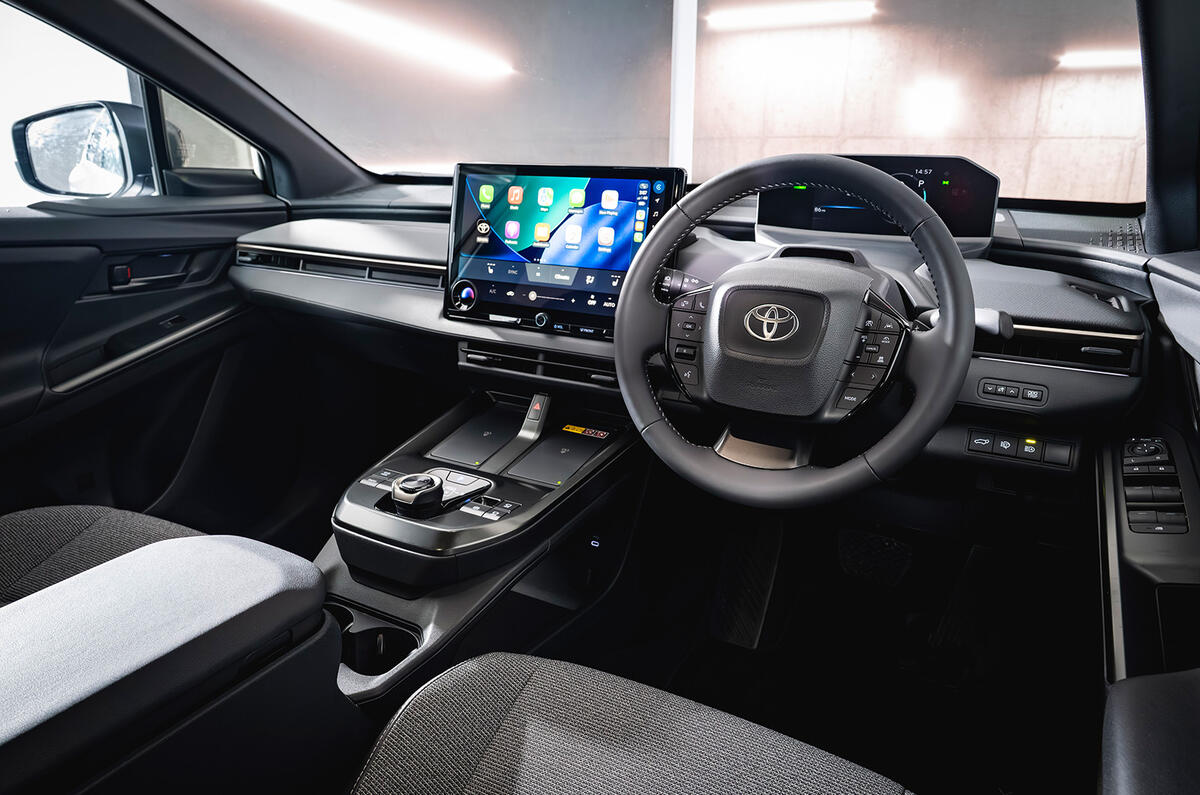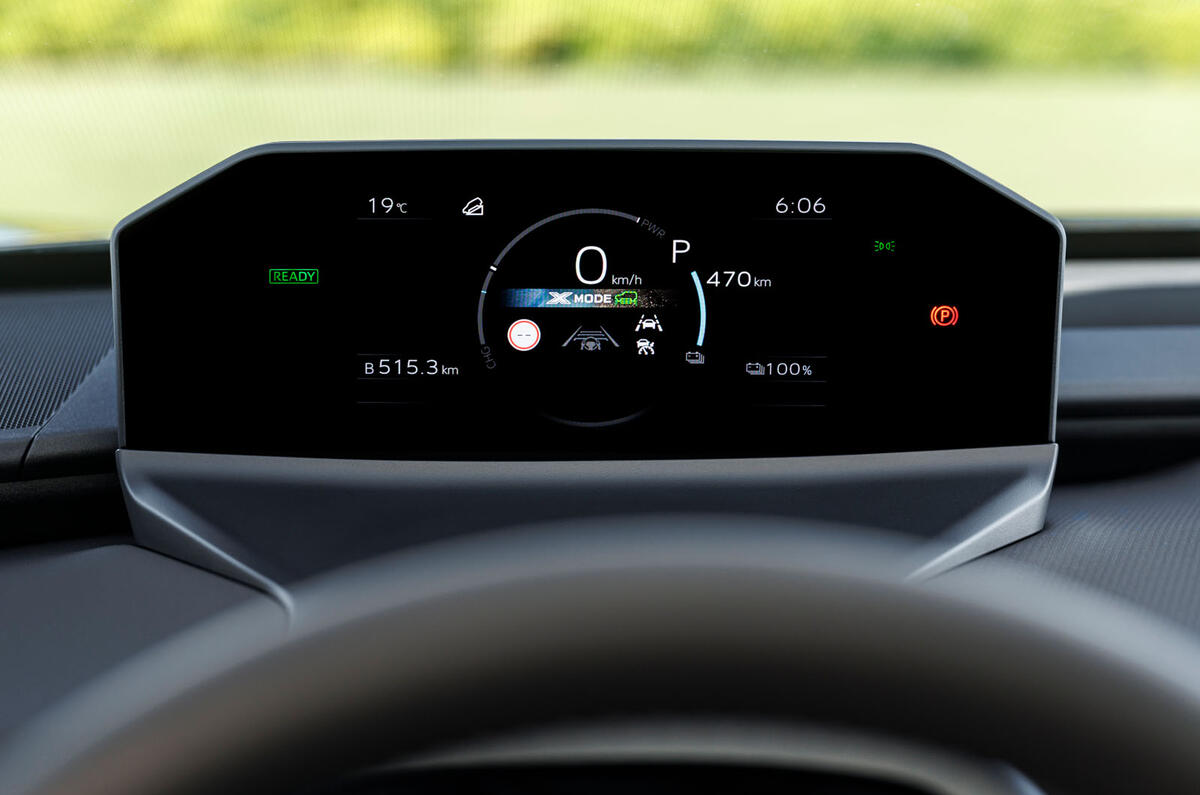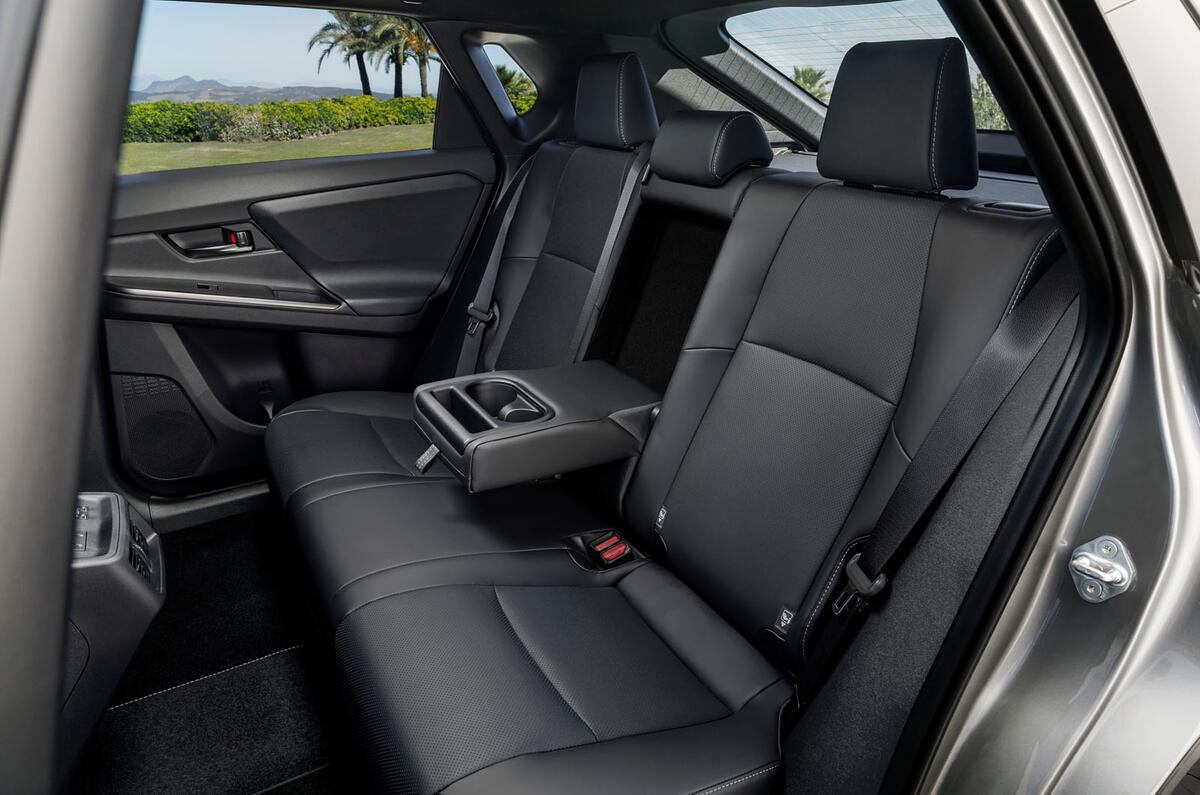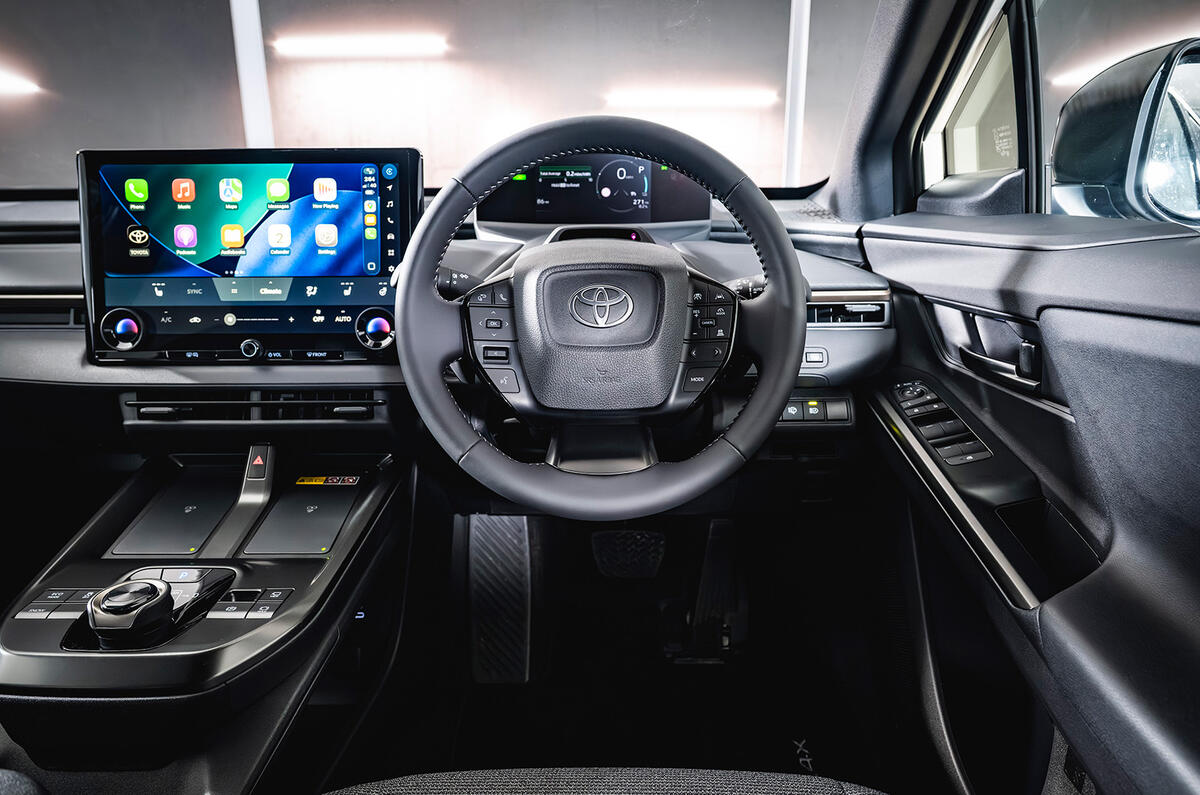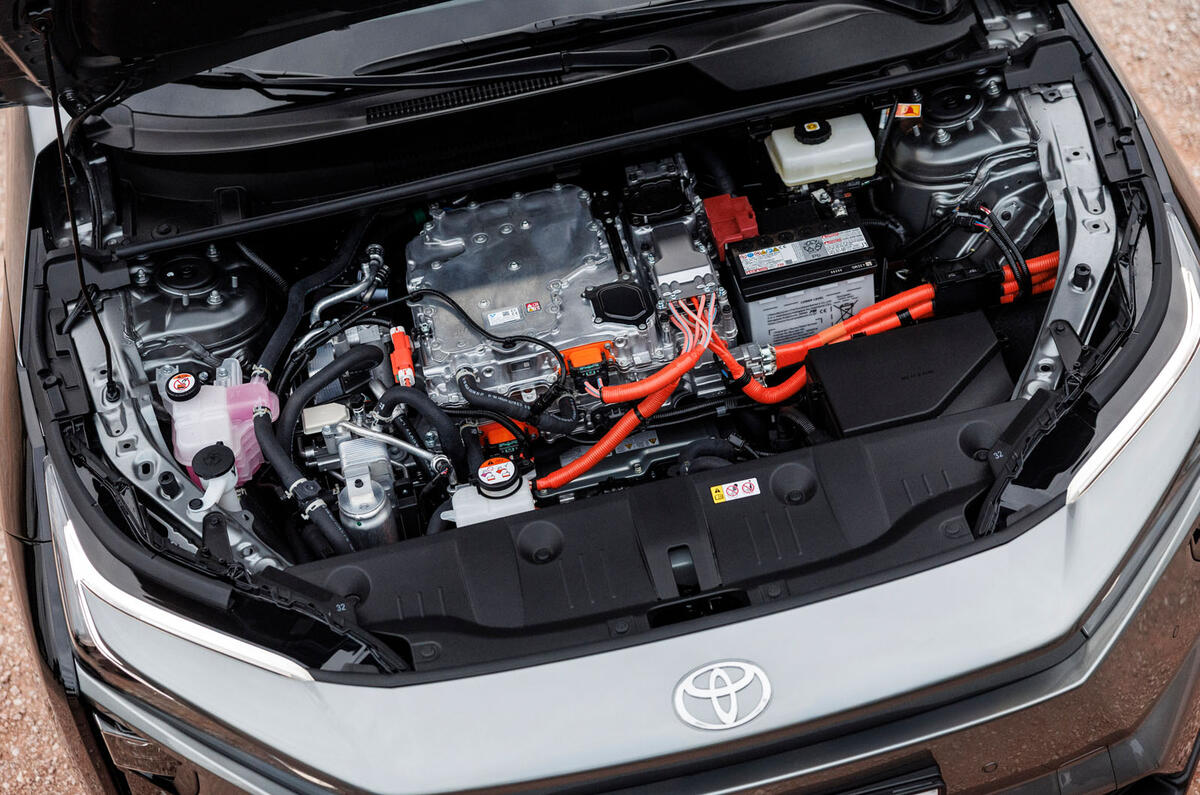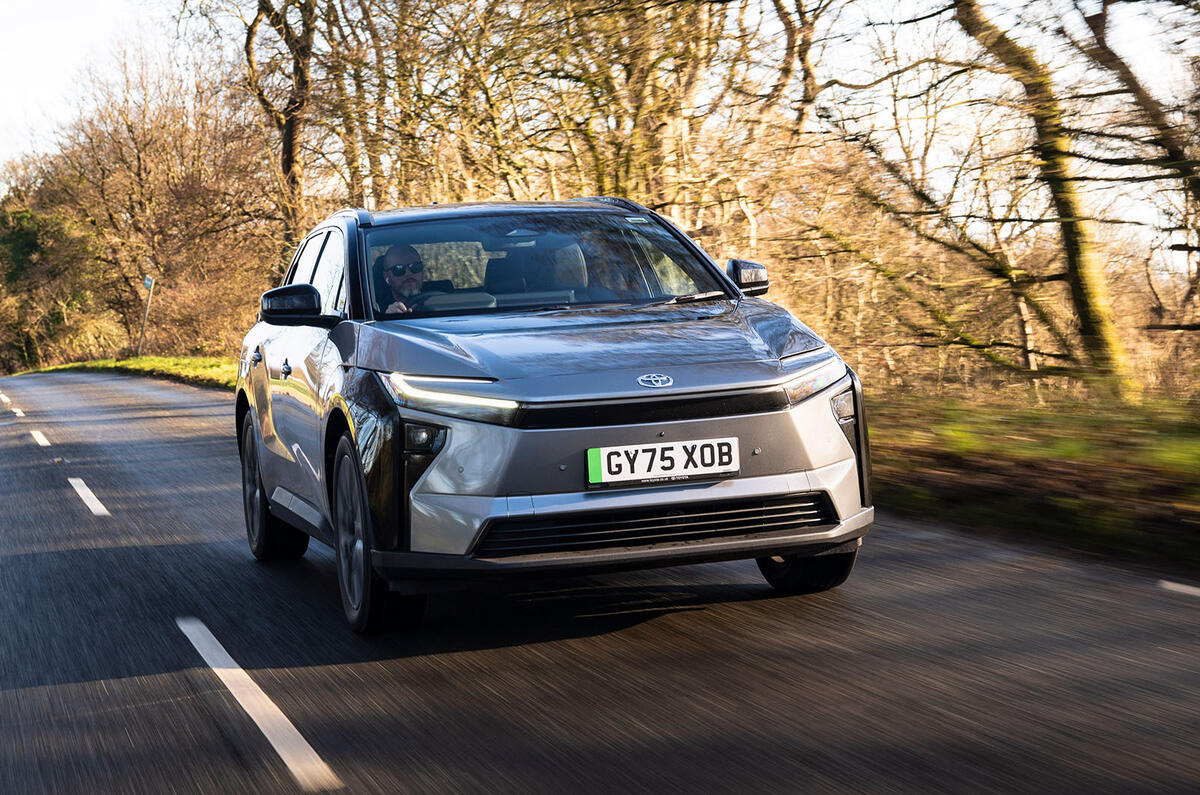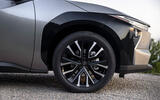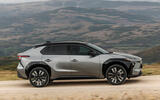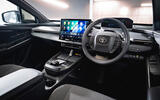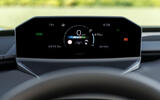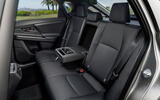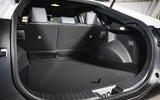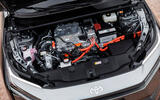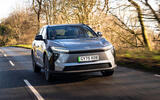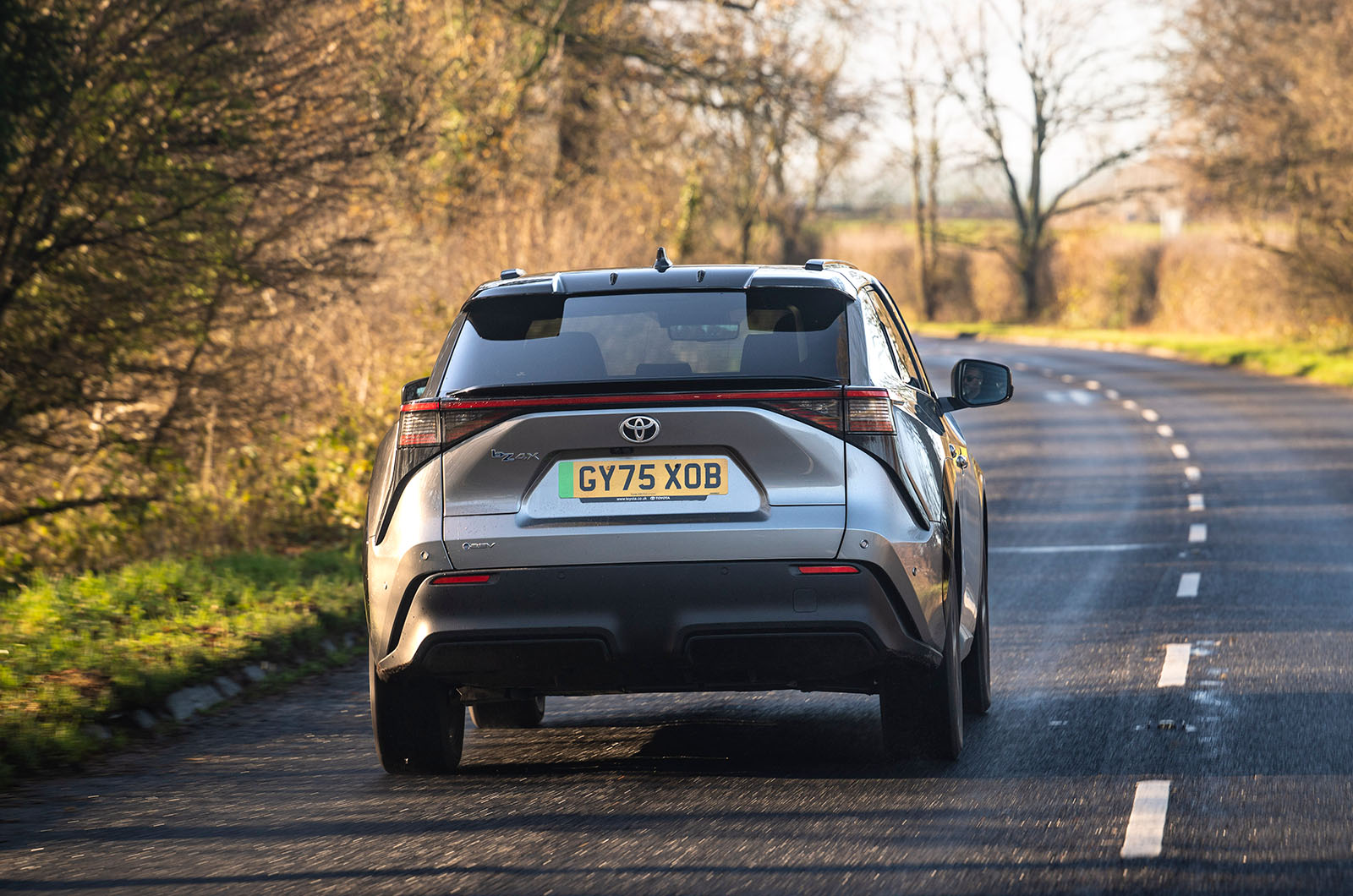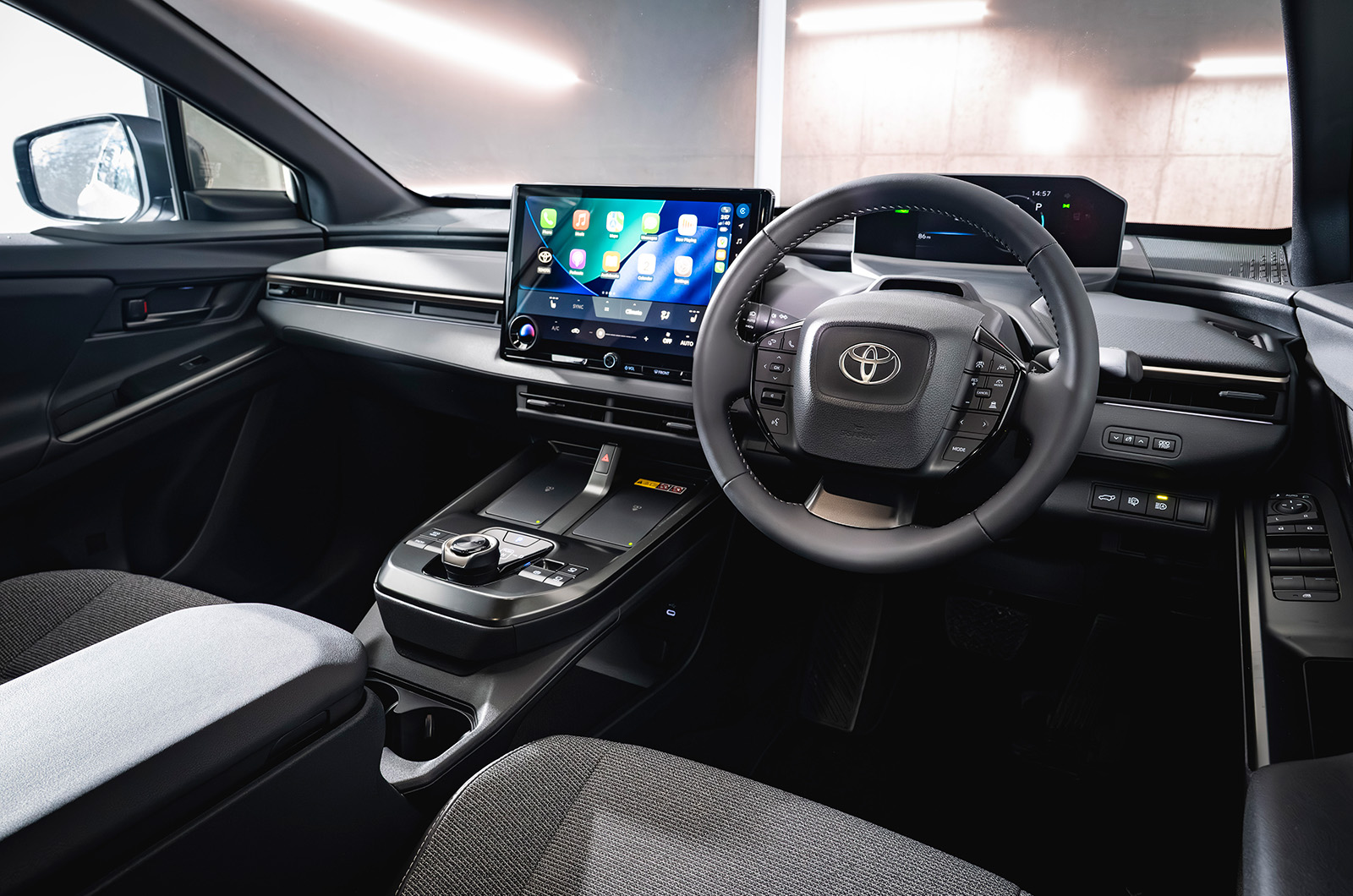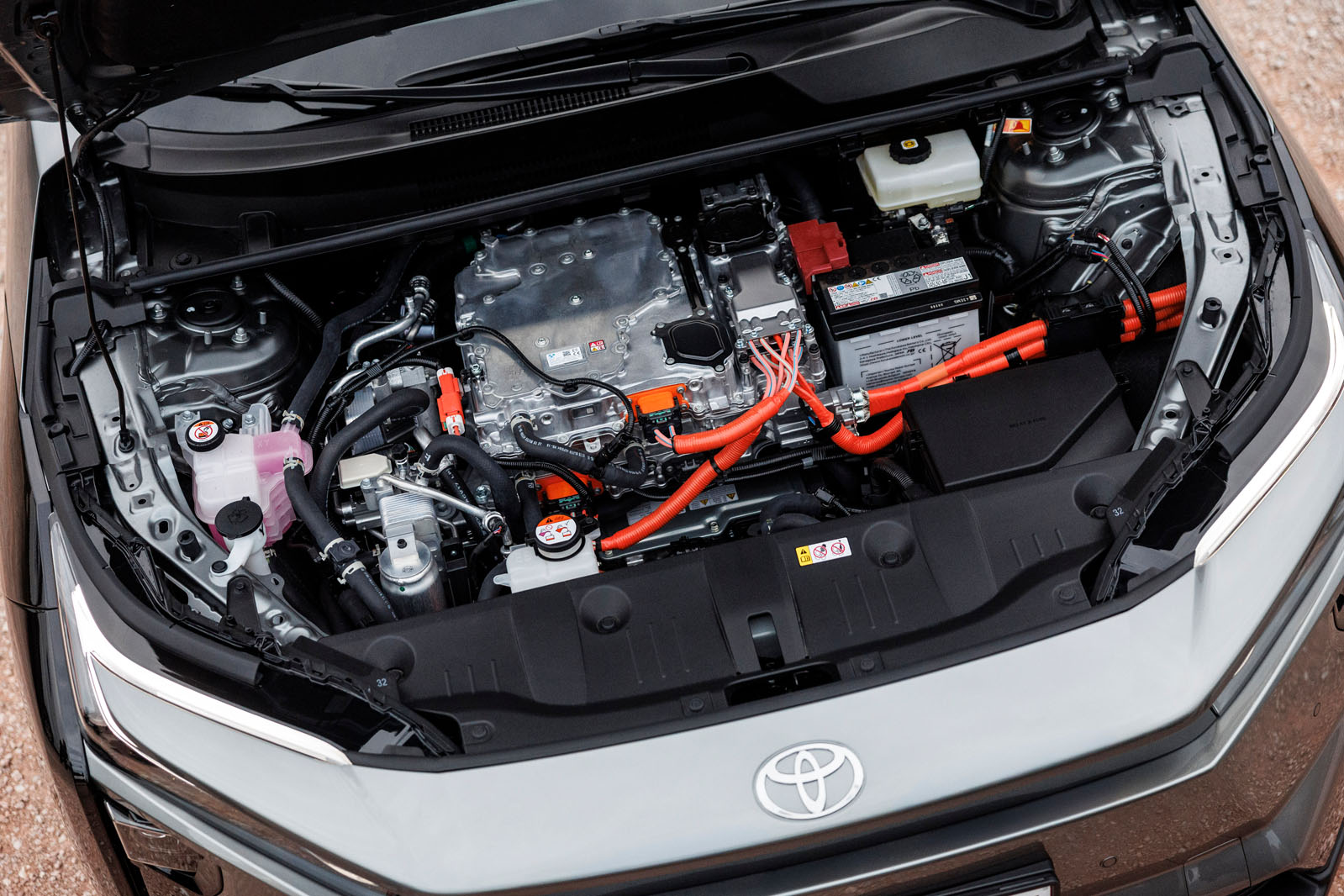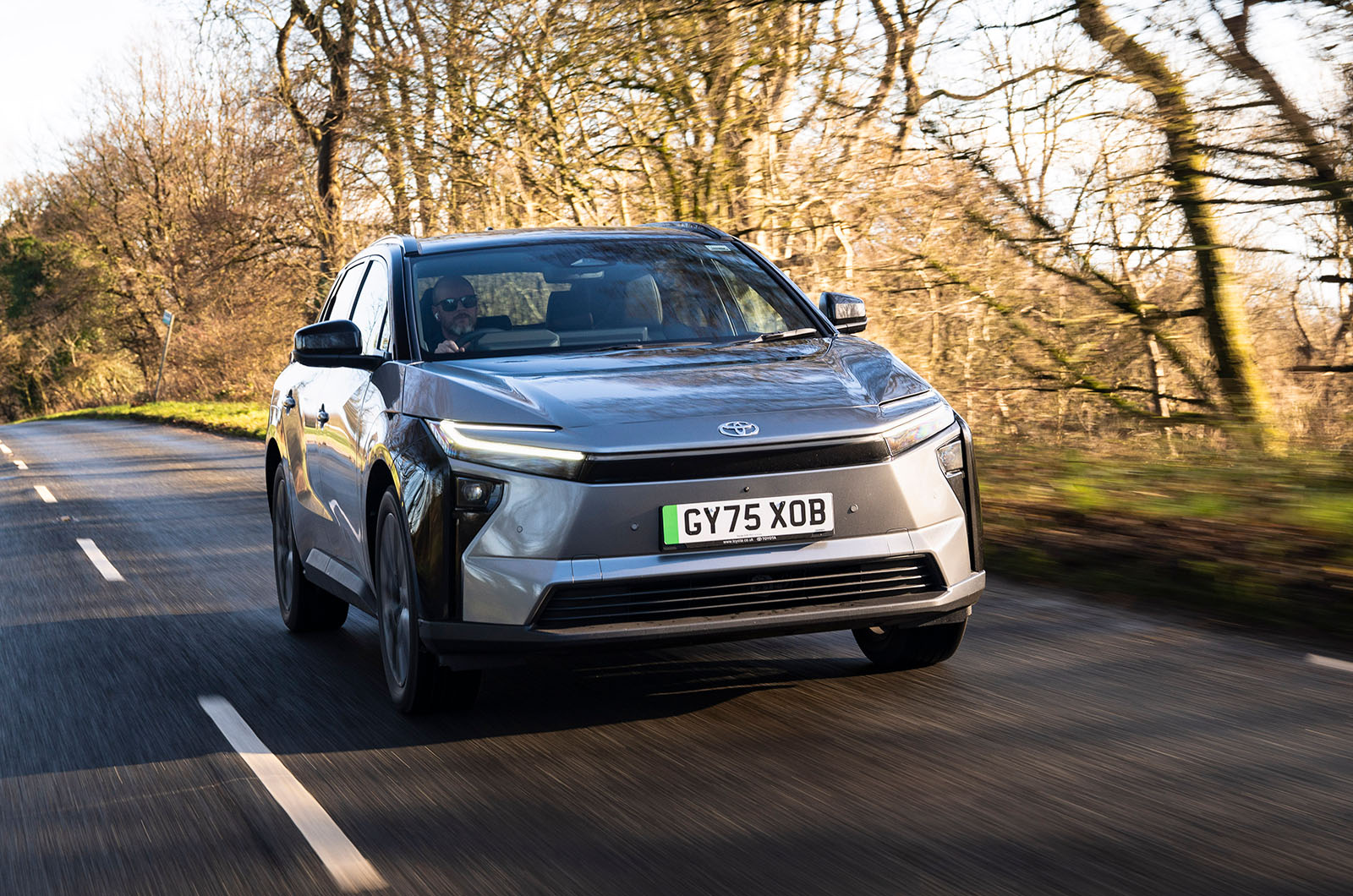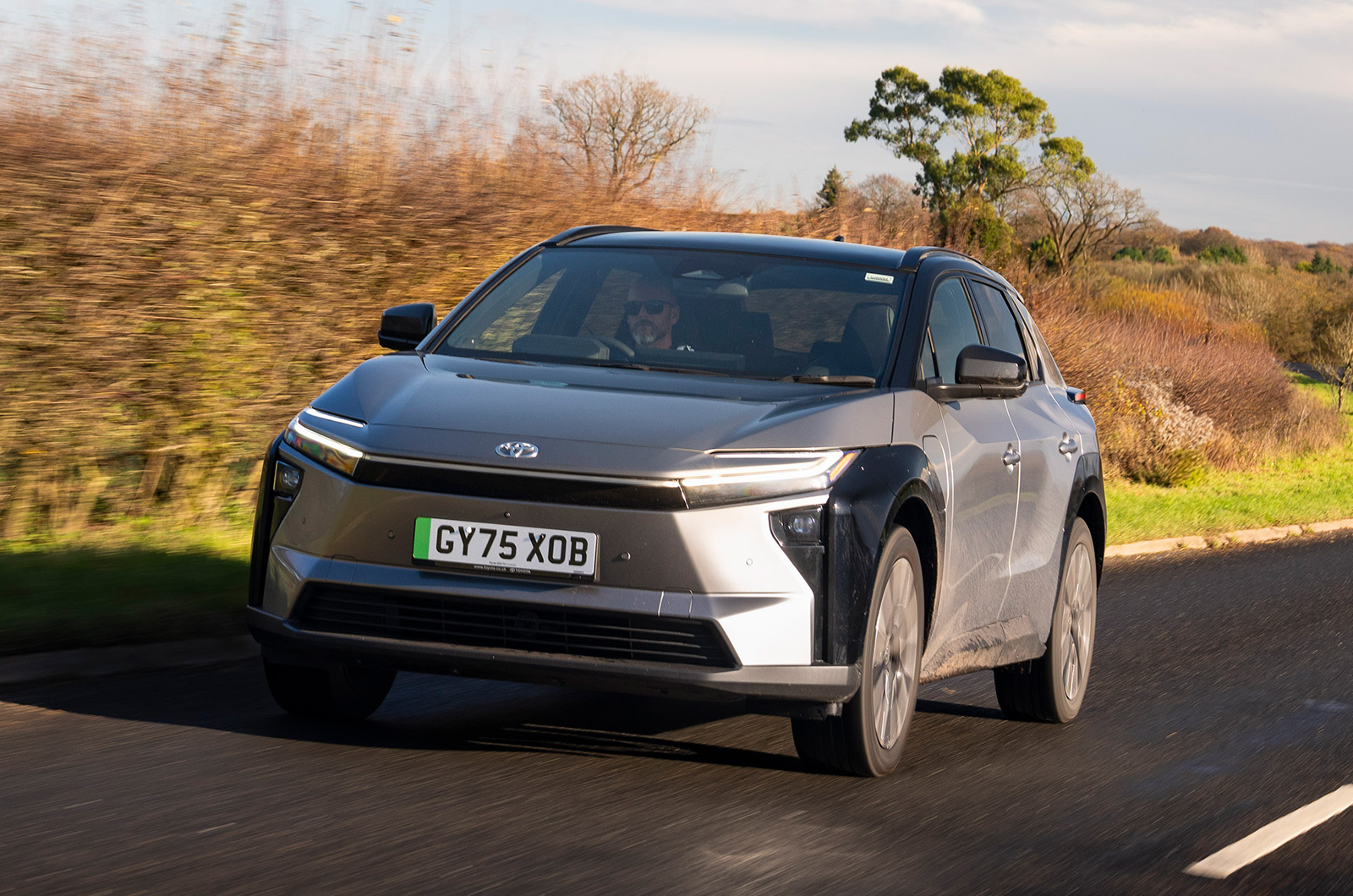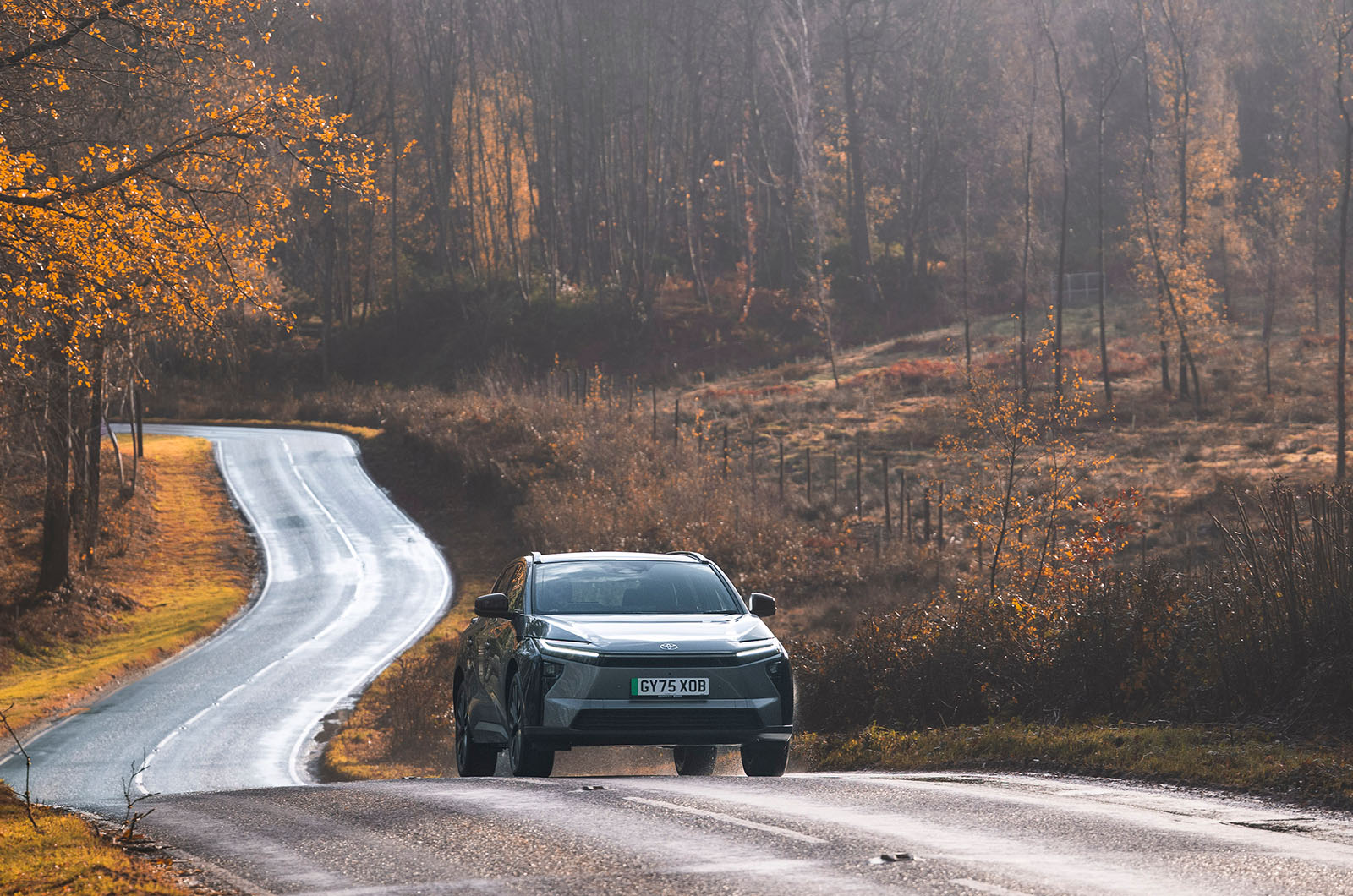The bZ4X sits roughly in the middle of the mid-sized electric SUV class on space and practicality. At just under 4.7m long, it’s not one of the bigger cars of this sort that the budget will buy, and it isn’t without a few limitations as regards passenger comfort (to which we’ll come). But it nonetheless offers more space than some of its rivals and a decent-sized boot.
The raised driving position, with its fairly dinky and low-sprouting steering wheel, seemed like one of the chief quirks of the car when we first met it in 2022 - and remains so. You look over the top of the steering rim at a pod of digital instruments set close to the base of the windscreen – a design choice that in turn limits the diameter of the steering rim and means the column has a fairly raked angle, so you may have to adjust your usual driving position to get comfortable.
Peugeot's e-3008 and e-5008 are laid out in a similar way, so perhaps we’ve grown more used to the idea now. Whatever the reason, it doesn’t seem as curious an ergonomic philosophy now as it used to. We didn’t find it too difficult to become accustomed to, although the front seats do have slightly short cushions, without enough base inclination adjustment or any cushion extension, which longer-legged drivers will certainly notice. They also feel a little wide, flat and unsupportive for some.
Toyota has done a few things to drive up the bZ4X’s standard for perceived quality and usability. Firstly, it’s banished the profusion of ‘piano black’ glossy plastic that covered the centre console and doors and replaced it with some less smudgy and reflective grey trim, which, simple as it sounds, has actually had a noticeable impact.

The cloth trim on the fascia has been replaced with a smart, soft-touch moulded dashpad and a bigger multimedia system has been shipped in, some slightly ritzier-looking heating and ventilation controls coming with it.
The touchscreen system is undoubtedly easier to use than the old one, giving quick access to ADAS functions and making it easy to get in and out of smartphone mirroring mode. There are also two new wireless smartphone charging pads on the revised centre console (which Toyota has rather pretentiously dubbed ‘the digital island’) and plenty of storage hidden around and about it.
Despite few buttons for the infotainment touchscreen (there are dials for the temperature), it's one of the easier systems to use, being logically laid out and quite responsive. There remains lots of buttons on the steering wheel for driver-assistance controls and the like too.
Passenger space in the second row is slightly tighter than in some cars in the class but competitive enough all the same. Leg and knee room are fairly plentiful, although short and flat seat cushions feature here too, while a high cabin floor displaces your knees and thighs upwards and will adversely impact comfort for taller adults. It's a shame that head room and foot space under the front seats is limited by the high floor too.
The boot, at up to 452 litres in volume, is a bit small for a class in which some cars have close to 600 litres behind the seats. Blame the raked angle of the bZ4X's roofline for that. A false floor does give you somewhere out of the way for charging cable storage. And if you do need so much extra carrying space, the related but more rugged-looking, adventurously themed bZ4X Touring, due in the UK later in 2026, is due to bring as much.
One annoyance in the boot is the hard, scratchy plastics on the side and even on some of the floor, which will allow some things to rattle around.
Little noise makes it way into the cabin of the bZ4X, even at motorway speeds, but the e-3008 is quieter still.



